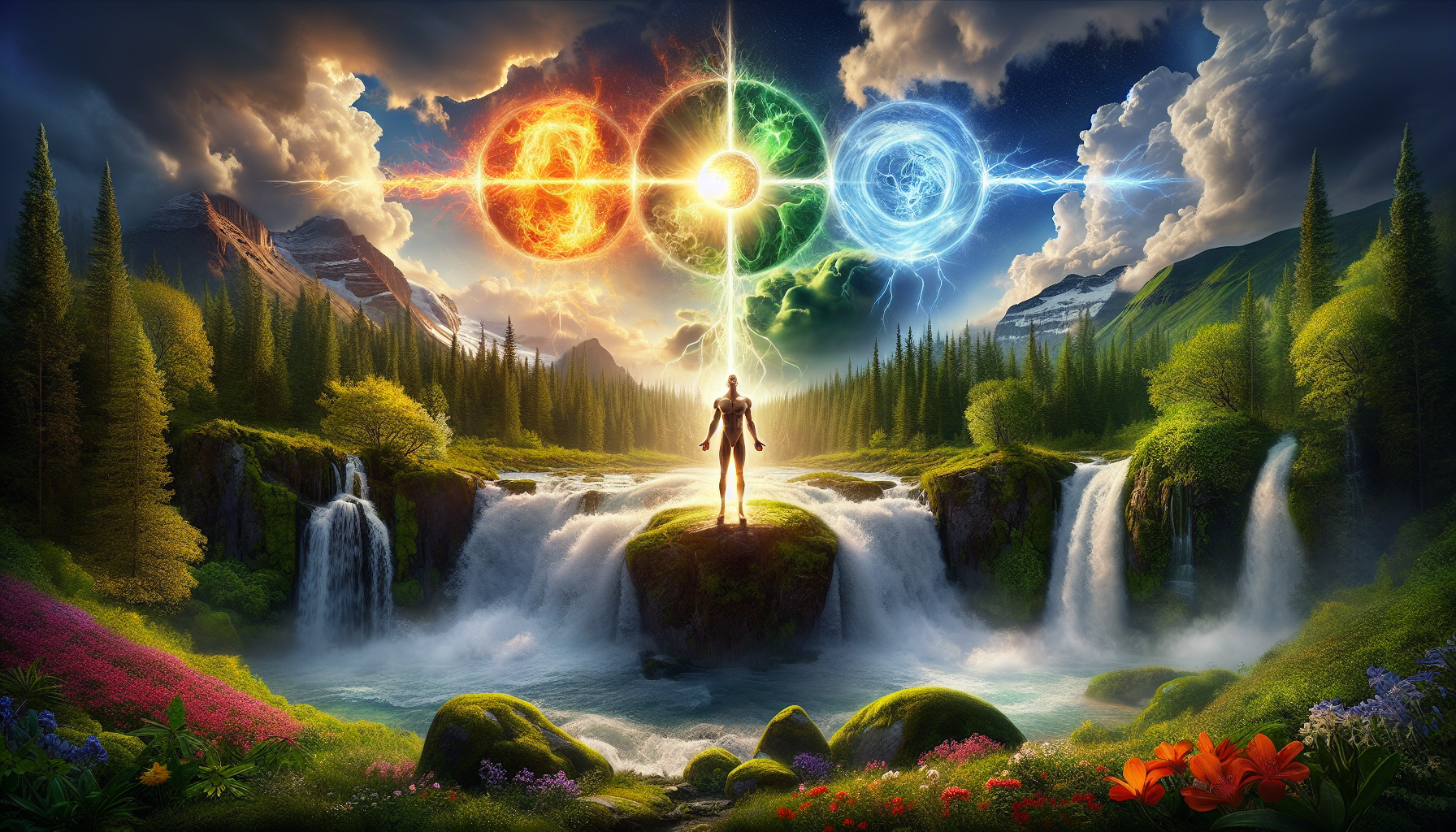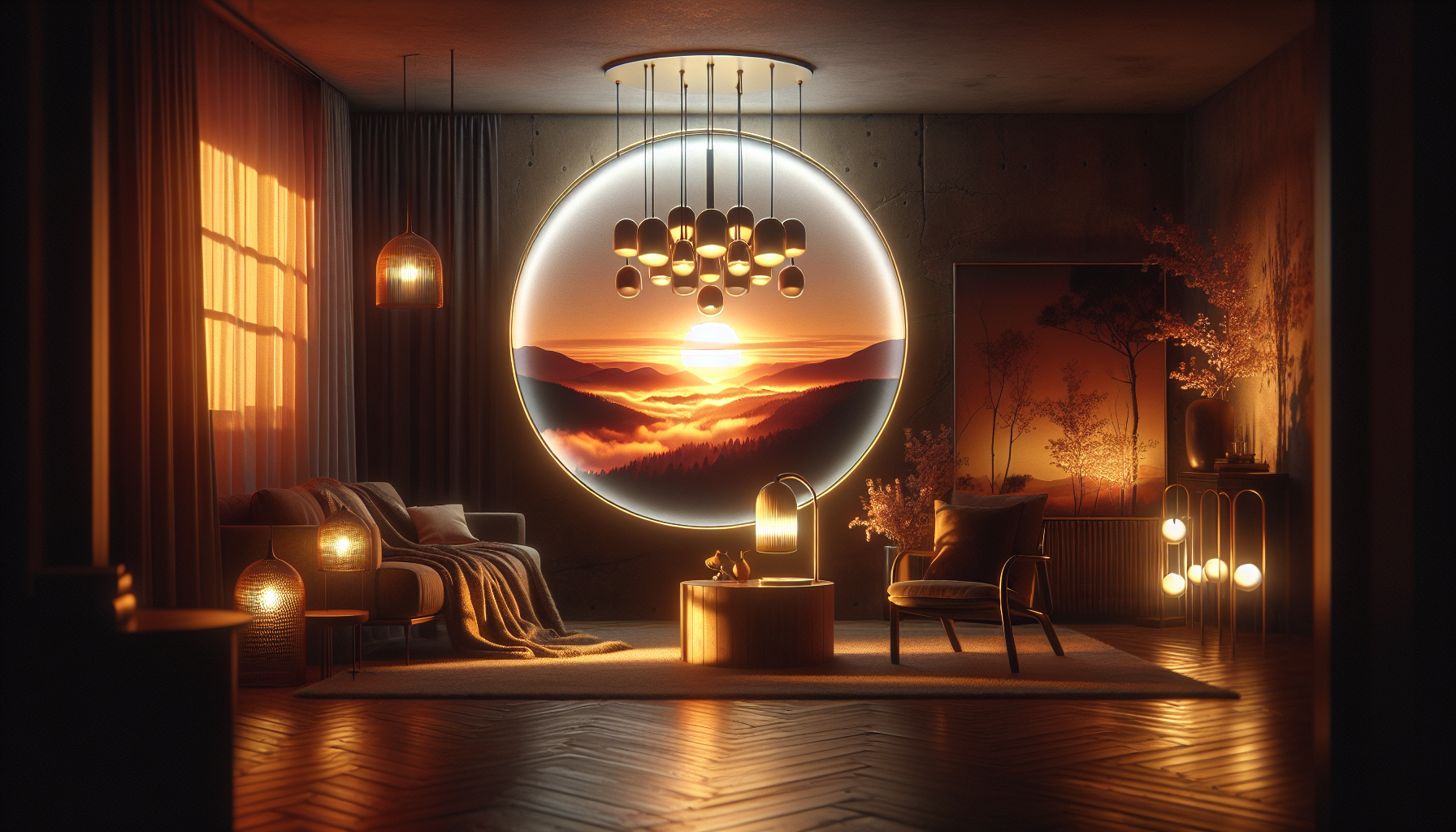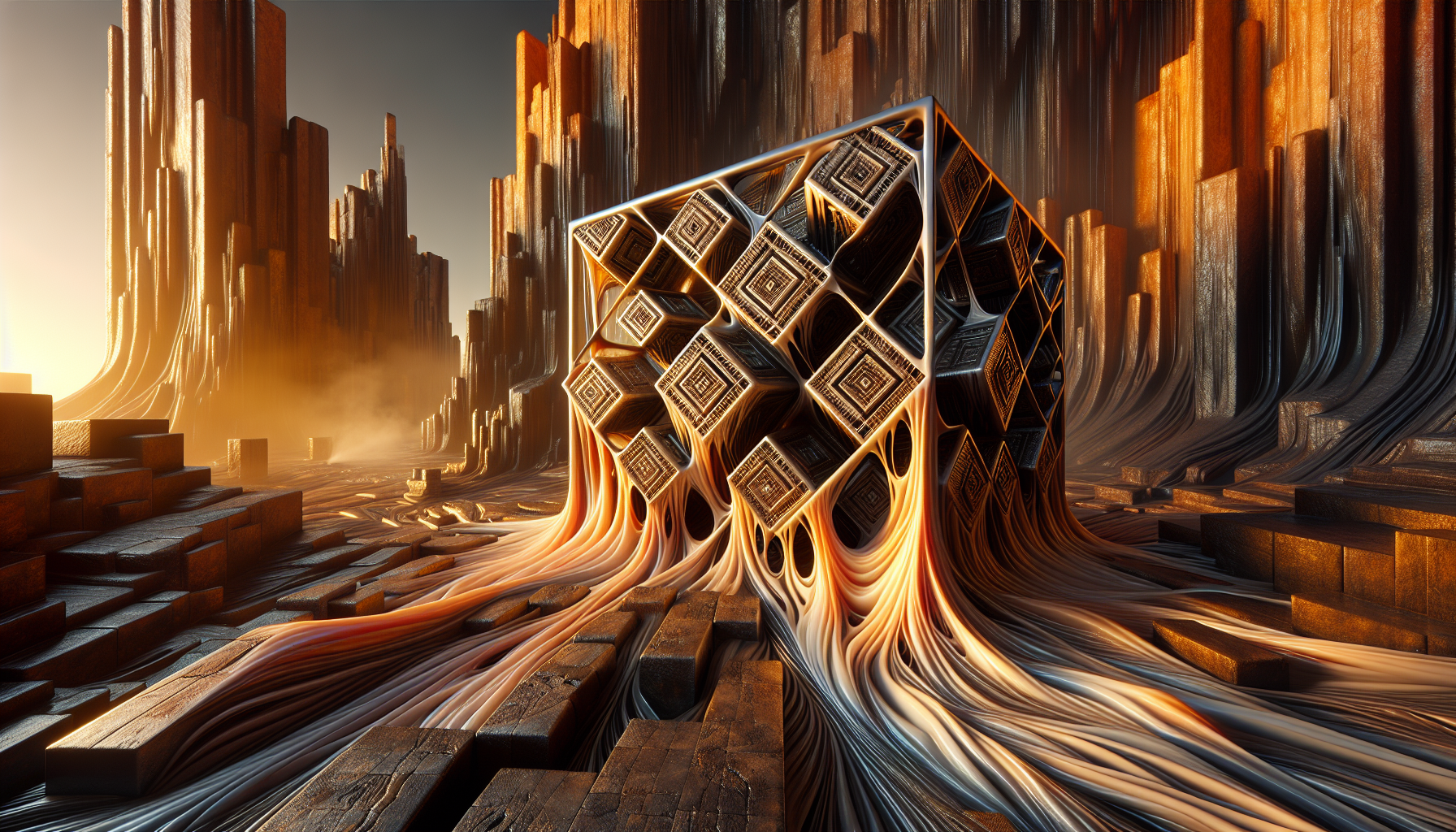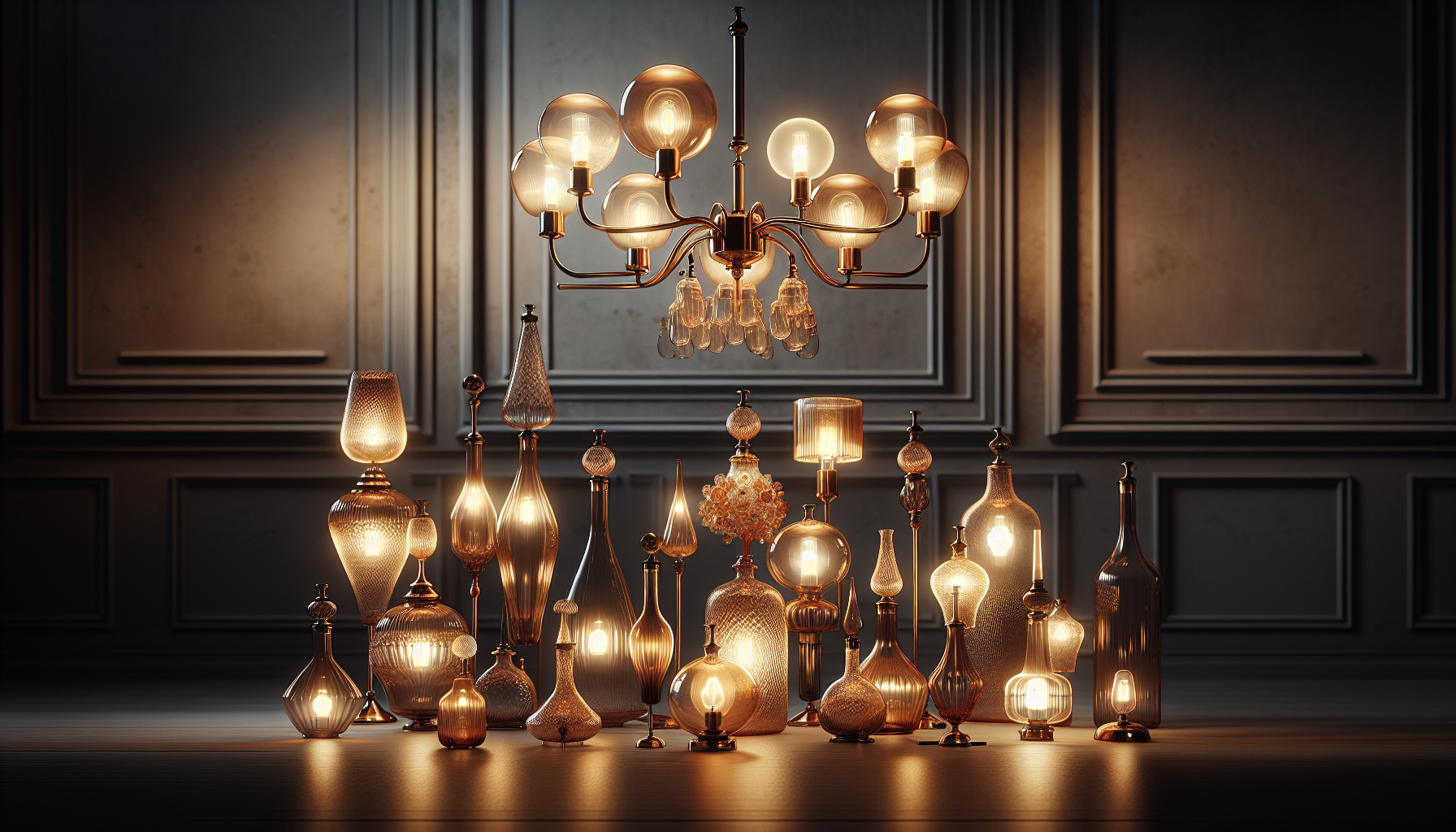Anúncios
In a world increasingly attuned to the harmonies of sustainability and eco-conscious living, the art of lighting design is undergoing a transformative renaissance. Imagine walking into a space where the play of light is not only functional but also a mesmerizing dance of colors and forms, where every luminaire tells a story of rebirth and creativity. Welcome to the fascinating realm of eco-friendly lighting: a universe where sculptural lamps, handcrafted from fused glass and recycled bottles, redefine the boundaries of design and form. This innovative approach to illumination is more than a trend; it’s a testament to the power of creativity fused with environmental responsibility, offering a beacon of hope and inspiration for designers and consumers alike. 🌍✨
Anúncios
Our journey into the world of eco-friendly lighting begins with the material itself—recycled glass. Once regarded as mere waste, discarded bottles are now being transformed into dazzling works of art that illuminate our lives in more ways than one. The process of glass fusion, an ancient technique that dates back to Egyptian civilization, is experiencing a contemporary revival. By melting and shaping recycled glass, artisans create unique, sculptural lamps that captivate the eye and the imagination. This blend of old-world craftsmanship and modern sustainability underscores a pivotal shift in the way we approach design: one that prioritizes both aesthetics and environmental impact. In this article, we’ll delve into the intricate process of creating these luminous masterpieces, exploring how each piece is a celebration of ingenuity and eco-consciousness.
As we navigate through this illuminating topic, we’ll also explore the creative minds behind these extraordinary designs. From independent artisans to pioneering studios, the artists who work with fused glass and recycled materials are as varied and vibrant as the creations they bring to life. Their stories are interwoven with passion, innovation, and a deep commitment to sustainability. We’ll examine how these creators draw inspiration from nature, architecture, and the rich history of glass art to forge pieces that are not only functional but also transformative. Through interviews and insights, you’ll gain an understanding of the philosophy and vision that drive this burgeoning movement.
Anúncios
Finally, we’ll consider the broader implications of adopting eco-friendly lighting solutions. As our societies grapple with the pressing challenges of climate change and resource depletion, the importance of sustainable design has never been more pronounced. By choosing lighting that is both beautiful and environmentally responsible, consumers have the power to make a meaningful impact. In exploring the benefits of these recycled glass lamps—from reducing waste to lowering energy consumption—we’ll reveal how small changes in our choices can lead to significant positive outcomes for the planet. Join us on this enlightening exploration as we shed light on the transformative potential of eco-friendly design, where every lamp is a beacon of sustainability and a testament to the art of possibility. 💡🌿
The Art of Eco-Friendly Lighting
Eco-friendly lighting has gained significant attention in recent years as awareness about environmental conservation continues to grow. This movement is driven by the need to reduce waste, minimize carbon footprints, and make sustainable choices in our daily lives. One of the most innovative and artistic approaches to this is the creation of sculptural lamps made from fused glass and recycled bottles. These unique lighting solutions not only illuminate spaces beautifully but also tell a story of transformation and sustainability. 🌿
The concept of using recycled materials to create art is not new, but incorporating them into functional items like lamps is a relatively recent trend. The process involves collecting glass bottles, cleaning and sorting them, and then using techniques like fusing and slumping to transform the discarded materials into stunning pieces of art. This method not only repurposes waste but also brings out the intrinsic beauty of glass, providing designers and artisans with endless possibilities to explore shapes, colors, and patterns.
One key aspect of these eco-friendly lighting solutions is the personalization they offer. Each lamp is a unique piece, reflecting the artisan’s creativity and vision. The fusion process allows for intricate designs, and the translucency of glass adds a dynamic element to the lighting, casting colorful shadows and creating a mesmerizing ambiance. As more people seek to personalize their living spaces while being mindful of the environment, these lamps present a perfect blend of art and functionality. For an insightful overview of the fusion glass process, you might want to watch “Glass Fusing Basics for Beginners” on the Delphi Glass channel on YouTube.
Crafting Fused Glass Lamps
The process of crafting fused glass lamps is both an art and a science. It requires meticulous attention to detail and an understanding of the properties of glass. The first step involves gathering the raw materials – in this case, glass bottles. These bottles are carefully selected for their color and clarity, as these factors significantly influence the final appearance of the lamp. After selection, the bottles are cleaned thoroughly to remove any labels, adhesives, or impurities that could affect the fusion process.
Once cleaned, the bottles are cut and arranged into the desired design. This stage is where the artisan’s creativity truly shines, as they can experiment with different shapes and configurations. The glass pieces are then placed in a kiln, where they undergo a controlled heating process. The temperature inside the kiln is carefully monitored to ensure the glass melts and fuses without losing its shape. This fusion process is where the magic happens, as the individual pieces blend to form a cohesive and captivating whole.
After cooling, the fused glass is shaped and finished to create the final lamp design. This might involve additional cutting, grinding, or polishing to achieve the desired look. The lamp’s base and wiring are then added to complete the piece. The result is a stunning lamp that not only serves a practical purpose but also stands as a testament to the beauty of upcycling and sustainable design. If you’re curious about the intricacies of glass fusing, consider watching the video “Kiln Formed Glass: Techniques and Inspiration” from the Creative Glass Guild channel.
Materials and Techniques
Working with recycled glass bottles presents unique challenges and opportunities. Unlike traditional glass art, which often uses uniformly manufactured sheets or rods, recycled glass bottles come in varying thicknesses and compositions. This variability can lead to unpredictable results during the fusion process, but skilled artisans can use these differences to their advantage, creating textures and patterns that are impossible to replicate with new materials.
In terms of techniques, glass fusing is the most common method used in creating these sculptural lamps. This involves heating the glass to a point where it becomes tacky and begins to bond with adjacent pieces. Different effects can be achieved by manipulating the temperature and duration of the firing process, allowing artisans to create everything from smooth, seamless surfaces to intricate, textured designs.
Another technique often employed is slumping, where the fused glass is heated again and allowed to ‘slump’ over a mold, taking on its shape. This method is particularly useful for creating the lamp’s body or shade, allowing for a wide range of organic, flowing forms that complement the natural aesthetics of the material. To see these techniques in action, check out “Glass Slumping – A Beginner’s Guide” on the Warm Glass channel.
The Environmental Impact of Recycled Glass Lighting
Choosing lighting solutions made from recycled glass has a significant positive impact on the environment. The use of post-consumer glass helps to reduce the amount of waste sent to landfills and cuts down on the need for raw materials. This approach conserves natural resources and lowers energy consumption, as recycling glass requires less energy compared to producing new glass from raw materials. Furthermore, recycling glass reduces CO2 emissions, contributing to the fight against climate change. 🌎
The table below highlights the environmental benefits of using recycled glass compared to new glass production:
| Aspect | Recycled Glass | New Glass Production |
|---|---|---|
| Raw Material Usage | Reduced (utilizes existing glass) | High (requires sand, soda ash, limestone) |
| Energy Consumption | Lower (melting point is reduced) | Higher (requires high temperatures) |
| CO2 Emissions | Reduced (lower energy usage) | Higher (intensive energy processes) |
| Landfill Waste | Reduced (recycling diverts waste) | Increased (waste from unused materials) |
By opting for lighting made from recycled glass, consumers can play a part in supporting sustainable practices and promoting a circular economy. This aligns with the growing trend of conscientious consumerism, where people are increasingly choosing products that are not only functional and stylish but also environmentally responsible. As the demand for eco-friendly products continues to rise, designers and manufacturers are encouraged to explore new and innovative ways to incorporate sustainability into their designs.
Economic and Social Benefits
In addition to environmental advantages, the production of recycled glass lamps also offers economic and social benefits. The use of recycled materials often reduces production costs, allowing artisans and manufacturers to offer unique, high-quality products at competitive prices. This can make eco-friendly lighting more accessible to a broader audience, encouraging more people to make sustainable choices in their home decor.
Moreover, the creation of recycled glass lighting supports local economies and communities. Many of these lamps are handmade by artisans and small businesses, providing jobs and stimulating economic growth. This craft requires skilled labor, offering opportunities for training and employment in areas where such opportunities might be limited. As consumers become more aware of the story behind their purchases, they are more likely to support businesses that align with their values, further driving demand for sustainable products.
- Support sustainable practices by choosing recycled glass lamps.
- Reduce your carbon footprint and contribute to environmental conservation.
- Enjoy unique, handcrafted designs that tell a story.
For a deeper understanding of the social impact of eco-friendly products, watch “The Social Impact of Sustainable Products” on the Sustainable Mindset channel.
The Aesthetic Appeal of Sculptural Lamps
Beyond their environmental and economic benefits, sculptural lamps made from recycled glass possess a unique aesthetic appeal that sets them apart from conventional lighting options. The fusion of glass allows for a diverse range of shapes, colors, and textures, resulting in pieces that are not only functional but also serve as striking works of art. These lamps can transform any space, adding an element of elegance and sophistication while reflecting the personality and taste of the owner.
The versatility of glass as a medium is one of the primary reasons for its popularity in sculptural lamp design. The material’s inherent translucency and ability to capture and diffuse light make it ideal for creating lighting fixtures that are both beautiful and practical. The colors and patterns within the glass can be manipulated through various techniques, offering endless possibilities for customization and personalization.
Incorporating sculptural lamps into interior design can elevate a room’s overall aesthetic, serving as a focal point or complementary accent. Whether used to create a cozy, intimate atmosphere or to make a bold statement, these lamps are a testament to the marriage of art and functionality. Their unique designs can range from minimalist and modern to intricate and ornate, catering to a wide variety of tastes and preferences.
Design Inspiration and Trends
As the demand for eco-friendly and artistic lighting continues to grow, designers are constantly pushing the boundaries of what is possible with recycled glass. Current trends in sculptural lamp design often draw inspiration from nature, with organic shapes and natural motifs featuring prominently. This connection to the natural world not only enhances the lamp’s aesthetic appeal but also reinforces its environmental message.
Another trend gaining popularity is the use of mixed materials in lamp design. By combining recycled glass with other sustainable materials like reclaimed wood or metal, designers can create unique, multi-textured pieces that add depth and interest to any space. This approach not only highlights the beauty of each material but also underscores the importance of resourcefulness and innovation in sustainable design.
For those interested in exploring the latest trends in sculptural lamp design, “Innovative Lighting Design Trends 2023” on the Design Trends channel provides an excellent overview of the current landscape.
Exploring the Future of Eco-Friendly Lighting
The future of eco-friendly lighting is bright, with continued advancements in technology and design paving the way for more sustainable and innovative solutions. As awareness of environmental issues grows, so too does the demand for products that align with these values. Recycled glass lamps are just one example of how creativity and sustainability can come together to produce beautiful, functional items that make a positive impact on the planet. ✨
One promising development in the field of eco-friendly lighting is the integration of smart technology. Smart lighting systems offer enhanced energy efficiency, allowing users to control their lighting remotely and adjust settings to minimize energy consumption. By combining these systems with sustainable materials like recycled glass, designers can create cutting-edge products that offer the best of both worlds: advanced technology and environmental responsibility.
Another area of growth is the exploration of new techniques and materials in sustainable lamp design. As research continues into alternative materials and production methods, designers are finding innovative ways to incorporate sustainability into their work. This includes the use of biodegradable materials, renewable energy sources, and closed-loop production systems that minimize waste and resource use.
Encouraging Sustainable Choices
Ultimately, the success of eco-friendly lighting solutions depends on consumer awareness and willingness to make sustainable choices. Education and advocacy play a crucial role in promoting these products and encouraging people to consider the environmental impact of their purchases. By highlighting the benefits of recycled glass lamps and other sustainable lighting options, consumers can make informed decisions that support a healthier planet.
For those interested in learning more about the benefits of sustainable lighting, consider watching “Why Sustainable Lighting is the Future” on the Eco Conscious channel. This video provides valuable insights into the advantages of eco-friendly lighting solutions and the role they play in creating a more sustainable world.
As the movement towards sustainability continues to gain momentum, it is clear that eco-friendly lighting will play a key role in shaping the future of design and consumption. By choosing products that are both beautiful and responsible, we can all contribute to a brighter, more sustainable future.
Feel free to explore more about sustainable design practices and how you can make a difference by visiting reputable sources and communities committed to ecological and artistic innovation. ✨
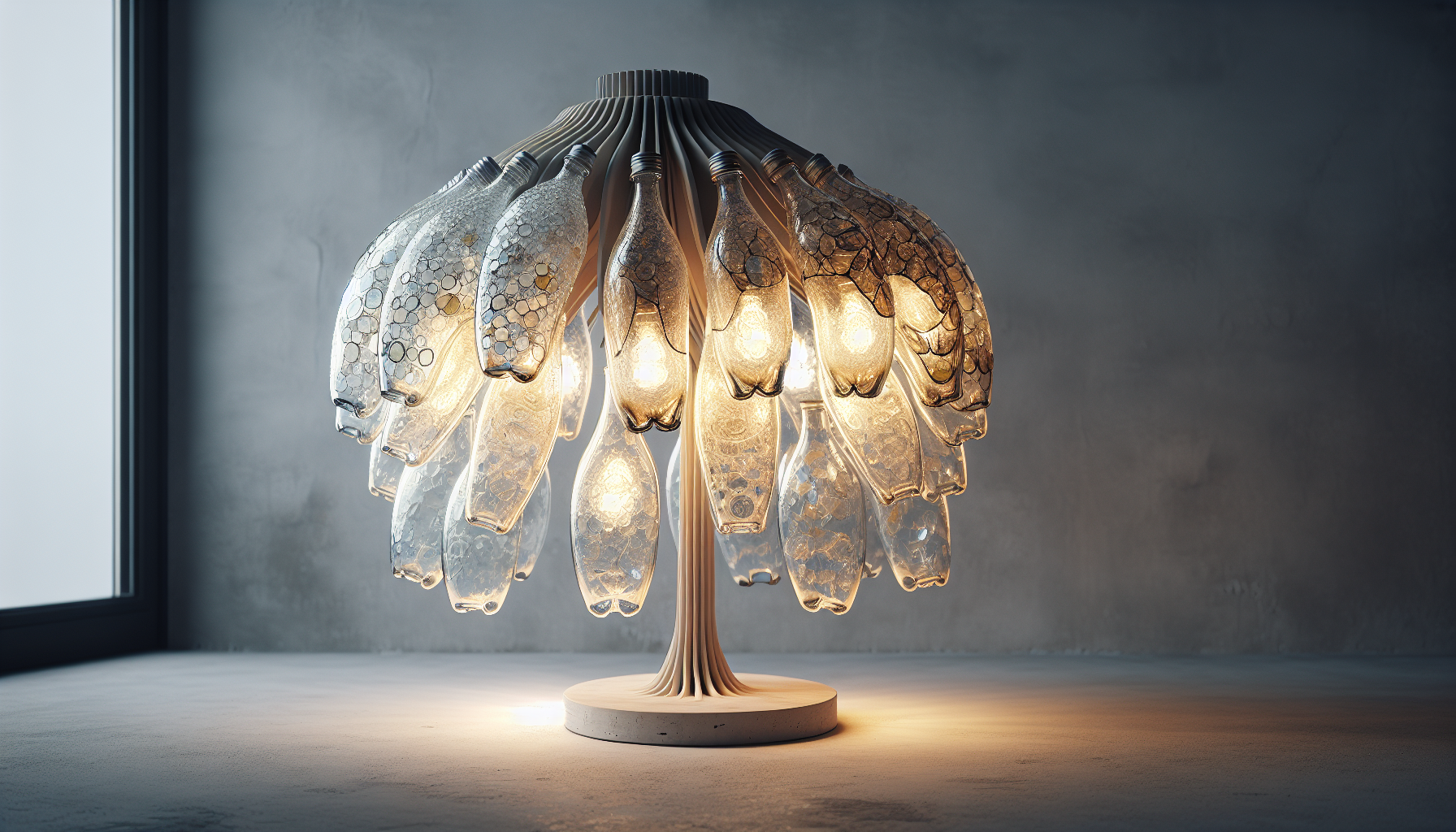
Conclusion
Conclusion: The Art and Impact of Eco-Friendly Lighting
As we draw to a close on the fascinating journey through the world of eco-friendly lighting, specifically the sculptural glass lamps crafted from recycled bottles, it’s essential to reflect on the pivotal themes and insights explored throughout this article. In our exploration, we have delved into the intricate artistry and innovative design of these luminous creations, shedding light on their profound impact on both environmental sustainability and aesthetic appeal.
Firstly, we examined the environmental implications of using recycled materials, particularly glass bottles, in the creation of these unique lamps. Glass recycling not only reduces landfill waste but also minimizes the need for raw material extraction, significantly lowering the carbon footprint associated with traditional lighting products. By choosing to create and support such eco-conscious designs, consumers play a vital role in promoting sustainability. This highlights a broader movement towards more responsible consumption and production practices, emphasizing that every small action contributes to larger environmental goals.
In our discussion of the artistic elements, we delved into the meticulous process of fusing glass to create sculptural forms. This process is not merely about crafting a functional object; it is an art form that captures the imagination and reflects the creator’s vision. Each lamp, with its distinct design and form, tells a story of transformation—from discarded bottle to a piece of art that illuminates spaces with character and charm. The blend of functionality and artistry in these lamps underscores the potential for everyday objects to transcend their basic utility and become expressions of creativity and innovation.
Furthermore, the discussion highlighted the role of artisans and designers in this eco-friendly lighting movement. Their expertise and creativity are pivotal in pushing the boundaries of traditional design, resulting in pieces that challenge conventional notions of what sustainable products can look like. These creators are not just artists; they are pioneers of a new paradigm in design that values sustainability as much as aesthetics. Their work inspires a reconsideration of how we interact with the objects in our lives, encouraging us to seek out and cherish items that reflect both beauty and responsibility.
The importance of community and collaboration also emerged as a key theme. Many of these projects are collaborative efforts that bring together artists, environmentalists, and consumers. This collective approach amplifies the impact of eco-friendly initiatives and fosters a sense of shared responsibility. By engaging with these projects—whether by purchasing a lamp, sharing information, or even participating in workshops—individuals become part of a larger movement that champions ecological mindfulness and artistic innovation.
As we ponder the significance of eco-friendly lighting, it’s clear that its impact extends beyond the physical realm of illumination. It represents a shift towards more mindful living, where every choice is an opportunity to support sustainable practices and reduce environmental harm. The lamps are not just sources of light; they are beacons of hope and symbols of a brighter, more sustainable future.
In closing, we invite you to reflect on how you can incorporate the principles discussed into your own life. Whether it’s choosing eco-friendly products, supporting local artisans, or simply being more conscious of your environmental impact, every action matters. Share this article with others who might be inspired by the possibilities of sustainable design. Engage in conversations, spark ideas, and encourage those around you to appreciate the beauty and importance of eco-friendly innovation.
Together, we can continue to illuminate the path toward a more sustainable and aesthetically rich world. Let’s embrace the transformative power of design and creativity, harnessing it to shape a future where environmental consciousness is seamlessly woven into the fabric of our everyday lives.
—
Toni Santos is a lighting artisan and visual explorer who designs atmospheres, not just objects. With a refined sensitivity to form, reflection, and emotion, Toni’s work at Sordux is an ode to how light transforms space, feeling, and story.
Through his handcrafted creations — from artistic glass bottles to radiant lighting totems — Toni invites us to see light as more than function. To him, light is symbolic. It is memory, energy, and meaning in motion.
Drawing inspiration from modern minimalism, ancestral aesthetics, and organic shapes, Toni blends natural materials with ambient expression. His collections are not just decorative — they’re immersive experiences, each one crafted to awaken the senses and reconnect us to the spaces we inhabit.
As the mind behind Sordux, Toni curates a world where illumination becomes ritual, and where every design element — from the curvature of a bottle to the hue of a glow — speaks of intention and presence.
🔥 His vision shines through:
-
Designs that merge mood with form
-
Bottled light as symbolic storytelling
-
Sustainable aesthetics rooted in artistic function
Whether you’re a designer, a dreamer, or someone who understands that light is a language of its own, Toni invites you into a world where glow becomes meaning, and every beam is an invitation to feel.


